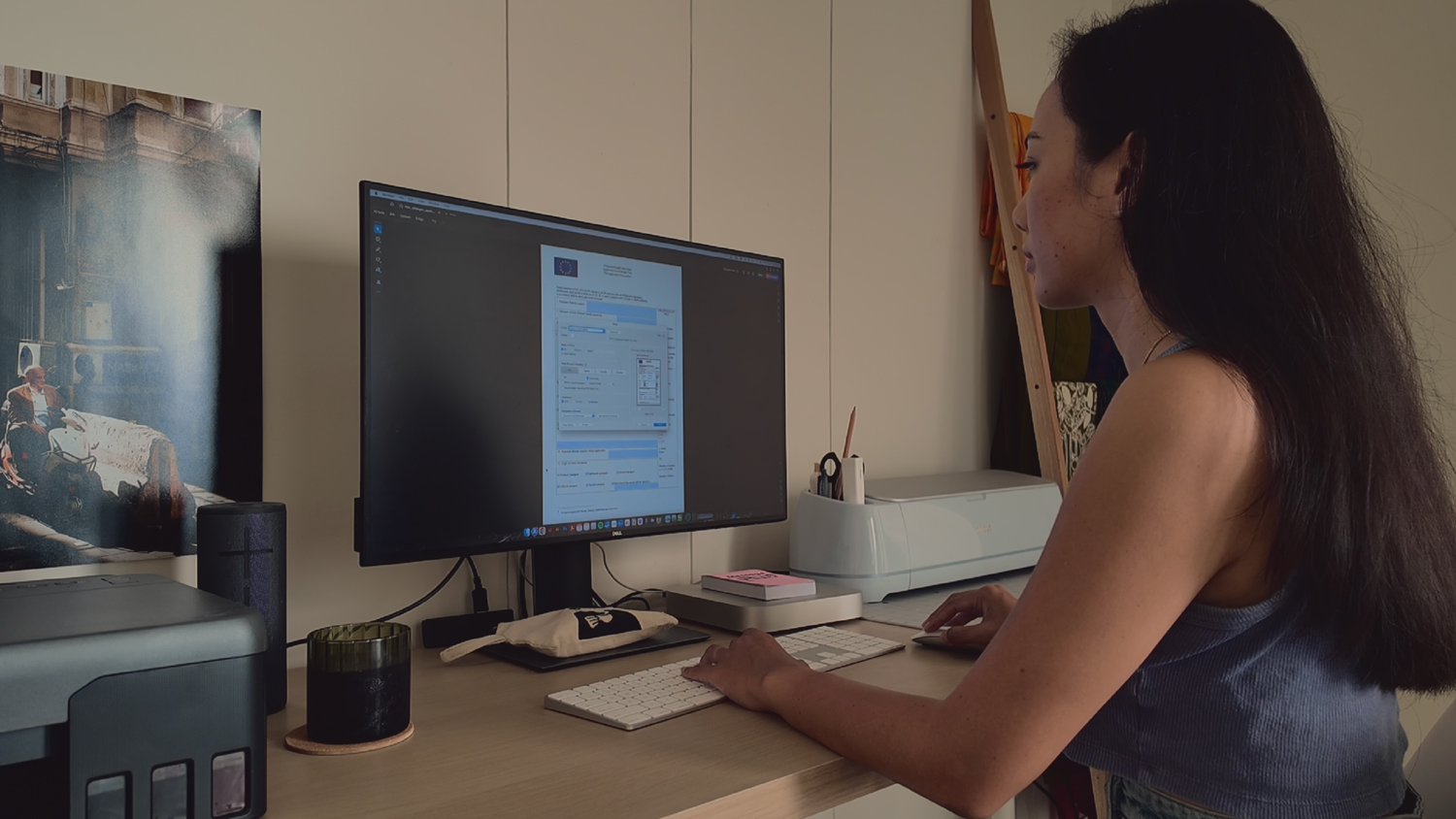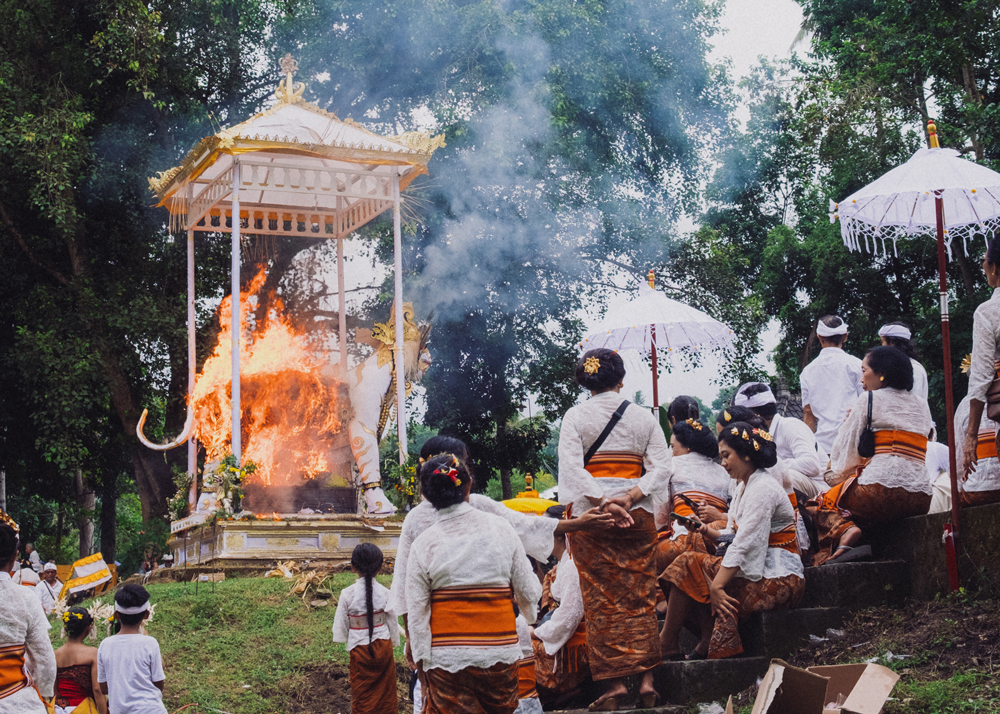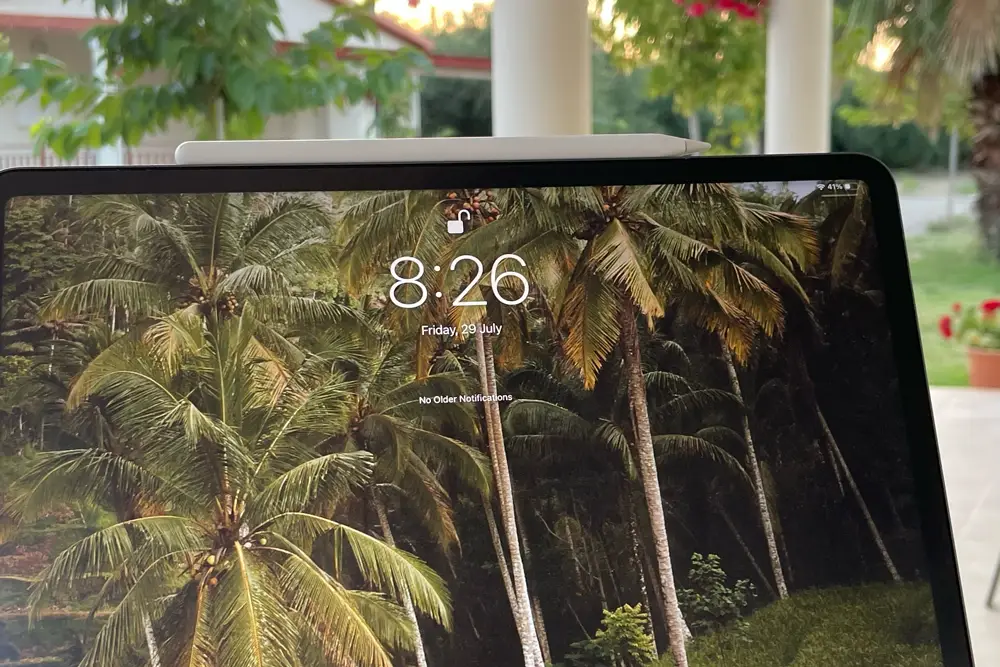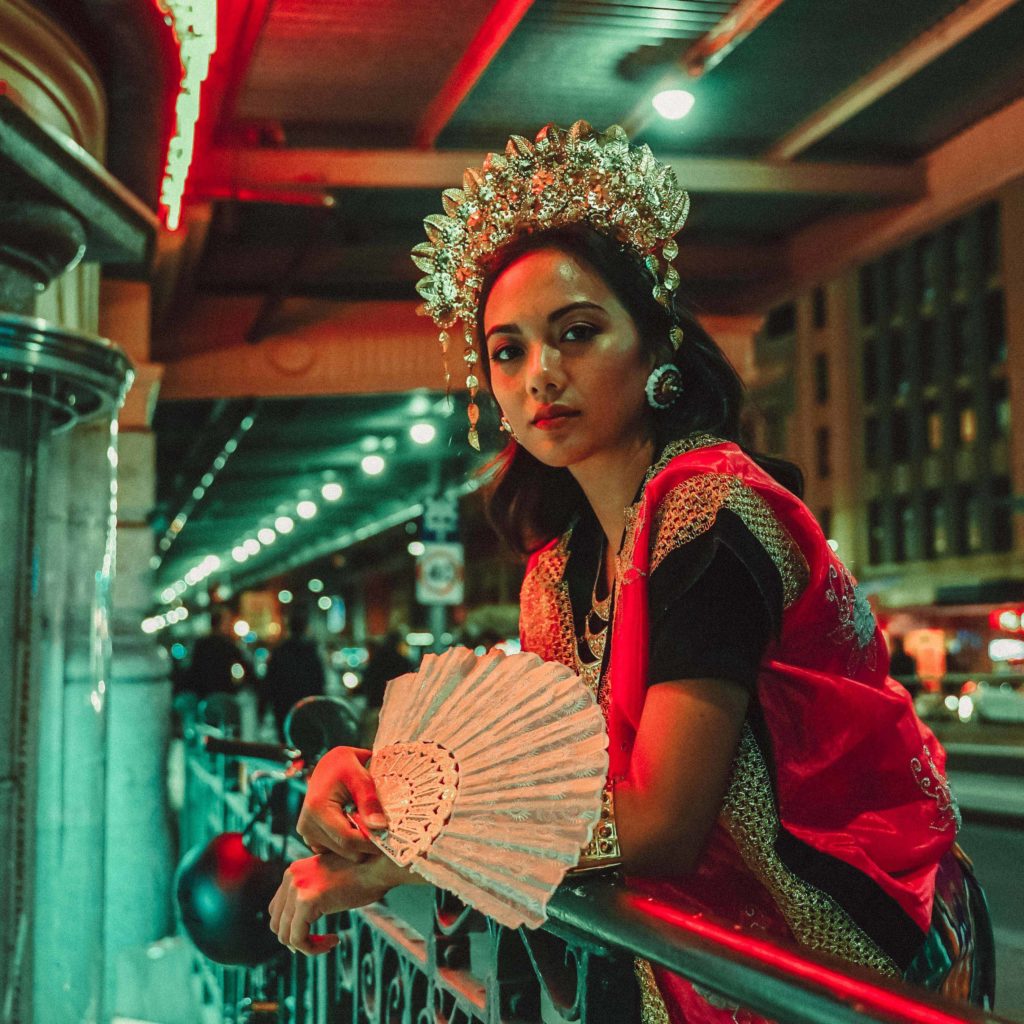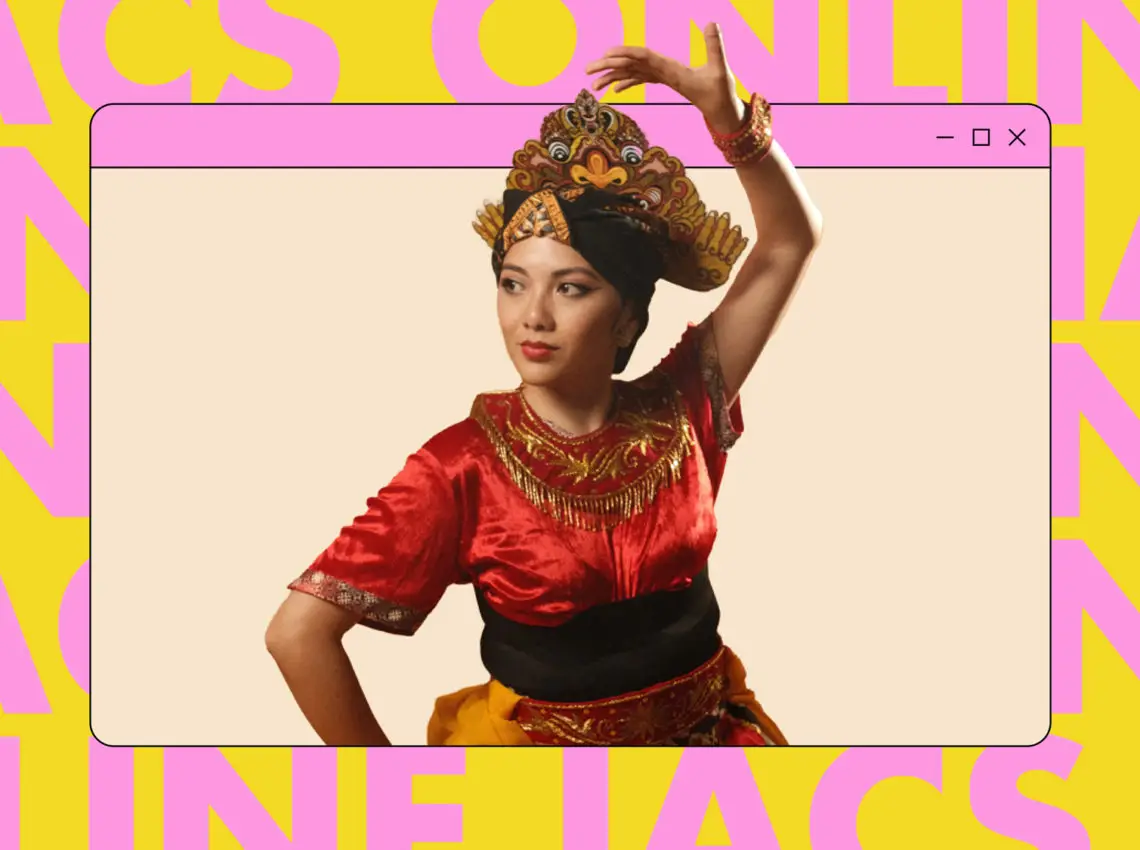
During the pandemic in 2021, I was given the opportunity to participate in the IACS (Indonesian Arts & Culture Scholarship) program, also known as BSBI (Beasiswa Seni & Budaya Indonesia). This annual program, initiated by the Ministry of Foreign Affairs in 2003, aims to educate people from around the world about traditional Indonesian arts and culture. Participants are brought to Indonesia to learn from various art centers across the country.
A little bit about me
As an Indonesian born and raised in Australia, I’ve always been interested in my cultural background. I love hearing stories about my ancestors and how my parents grew up. I often wonder what life would have been like if I had been born and raised in Indonesia instead of Australia. Although I was never a big reader as a child (and I’m still not), I heavily relied on stories from family members, as well as films, music, and art & culture events to help me learn about my history.
One thing I was passionate about was dance. I used to love attending cultural events where they would have traditional performances on stage, and I’d find myself mesmerised by their movements.
So, at the age of 10, my parents took me to the Indonesian Consulate in Melbourne, which at the time had programs teaching traditional Indonesian dance. This was my first experience learning traditional Indonesian dance.
(Read more about me here)
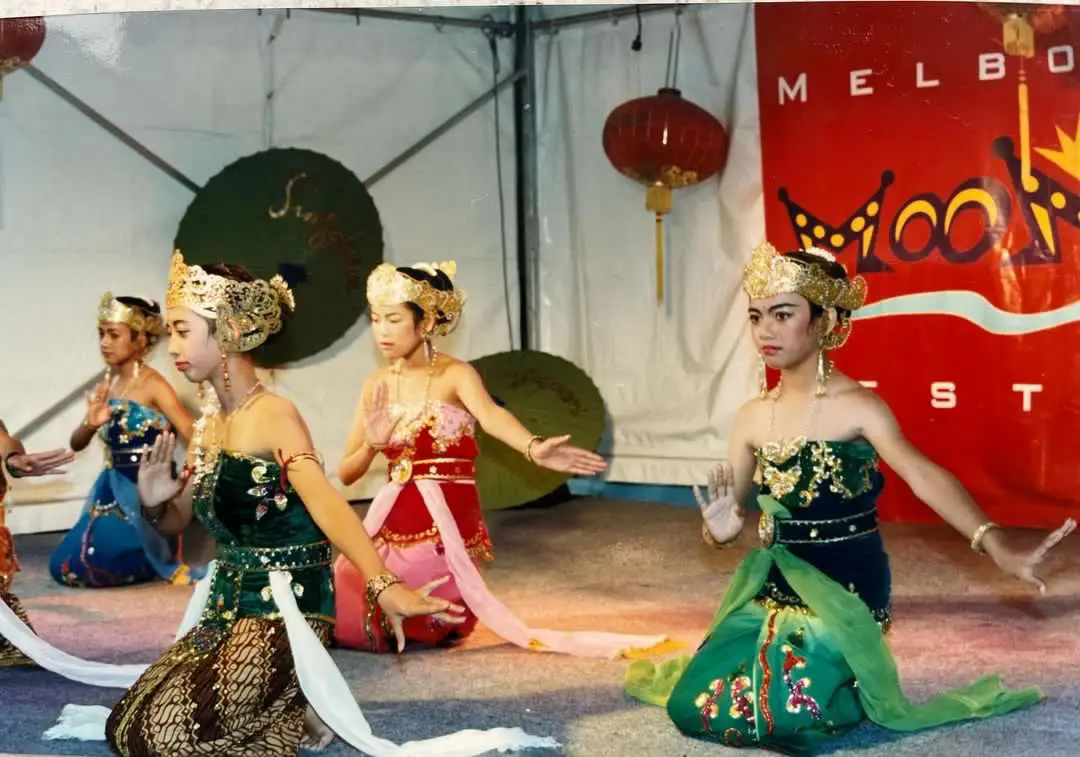
the iacs program
Most programs run by the Indonesian government that cover traditional Indonesian arts & culture are typically aimed at foreigners. Despite being born and raised outside of Indonesia, I missed numerous opportunities to participate in these programs because I hold an Indonesian passport. Finally, during the pandemic in 2021, IACS appeared out of the blue! Although the program was conducted online instead of in Indonesia, I embraced the chance to participate. It was an opportunity for me to finally learn traditional dance from a Sanggar in Indonesia.
(More about how to apply for IACS here)
Before the program began, each scholarship awardee was added to their respective art centers’ WhatsApp group (because, we know how much Indonesia loves WhatsApp!). I was placed with Sanggar Lang Lang Buana from Banyuwangi, along with my friend Mira Millane and six other awardees from six different countries: Ela from the Philippines, Hyuga from Japan, Pikk from Thailand, Bon from Fiji, Salih from India, and Puteri from Malaysia. Once we were all in the WhatsApp group, we introduced ourselves, and the class schedule was provided to us. The requirements were to attend class every Saturday and Sunday for two hours each day for two months. The program covered Traditional Dance, Music & Art and required us to perform the material we learned in the program as our final assessment.
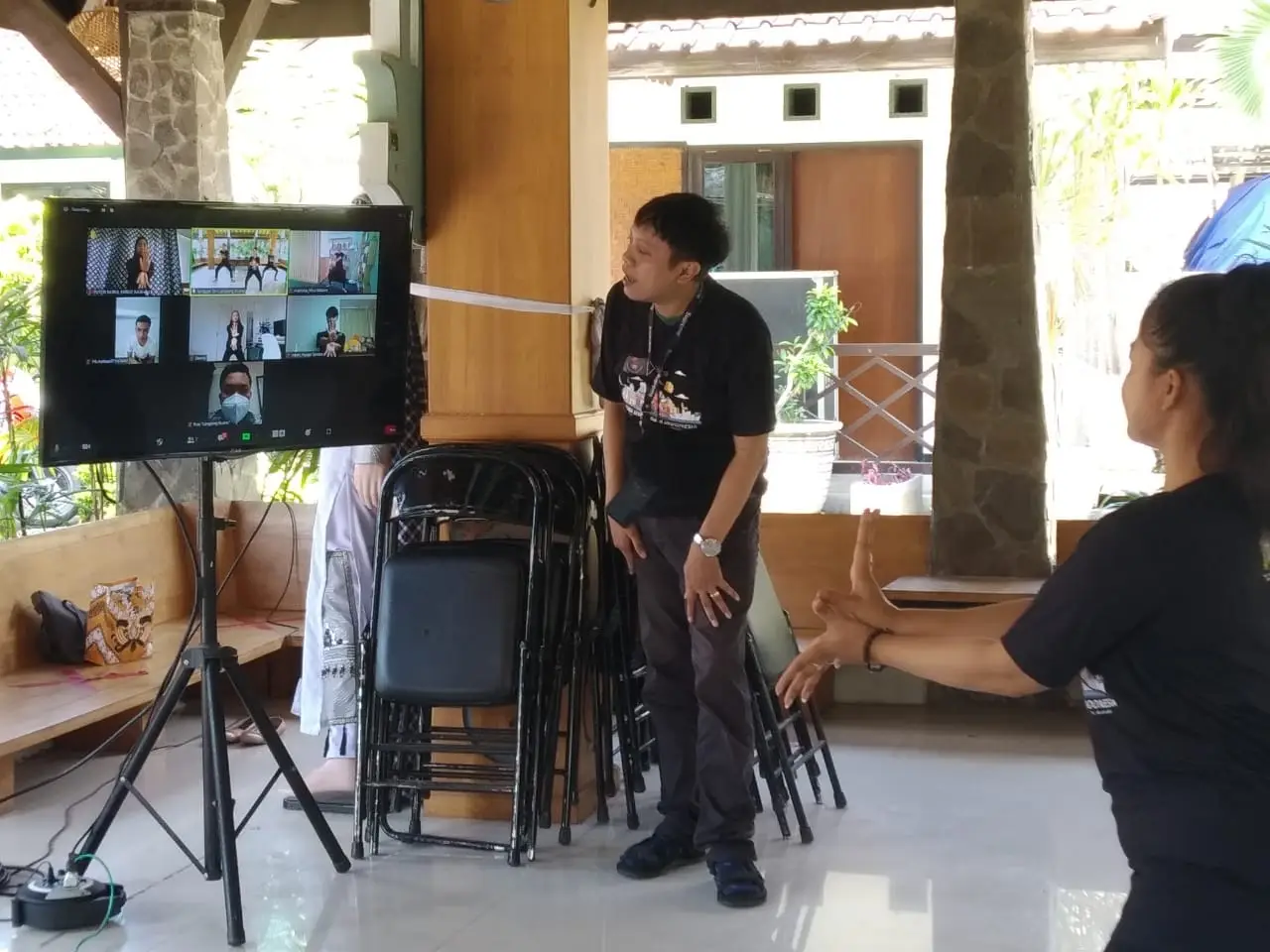
We hit the ground running as soon as the program began. On day one, we started learning a dance called Tari Gebyar Barong, a traditional dance from Banyuwangi that symbolizes Togetherness. There are several variations of the Barong dance in Banyuwangi, but the meaning of the dance remains the same and is typically performed during Osing (the Indigenous ethnic group native to Banyuwangi) rituals. Our teacher, Bunda Ratna, guided us through each move, with assistance from her dance assistants Ragil & Seline. Understanding left and right while copying someone on a screen got confusing at times, but our teacher was patient and helped us understand the material as best she could. We also had two translators, Mas Dodi & Bu Devy, who translated to English for the students and back into Indonesian for the teachers. The team in Banyuwangi did their best to make the online learning experience as smooth as possible.
As the weeks went by, we learned more material, primarily focusing on dance. Learning traditional moves online was challenging, as we were exposed to dance techniques we had never seen before. Besides dance, we also covered music, which doubled as language. We learned a traditional Banyuwangi song, sung in the Osing language, called Gerajagan Banyuwangi. This was a challenge for all of us, not only to learn a new song and language but also to overcome the fear of singing solo in front of peers. Since we were learning over Zoom, singing together didn’t work due to voice delays, so to ensure our teacher understood the material, we had to sing individually in front of our classmates.
Our final learning task was to create traditional art. In our case, we crafted head accessories for the dance we were learning, using materials and art supplies that we could easily find. In Melbourne, I faced challenges finding the art supplies due to the lockdown restrictions. These restrictions included not being able to travel more than 5kms from home, allowing only one person per household to do essential grocery shopping once a day between 5 am – 8 pm, and permitting one hour of exercise per day within a 5km radius. Living in a household of six people, where only one of us could leave the house per day for essential grocery shopping, and with stores frequently running out of supplies, I struggled to find what I needed. Fortunately, I managed to secure the supplies just in time for art class.
The final assessment
By the end of the two-month program in November 2021, lockdown restrictions had gradually eased, allowing us to complete our assessment. We created a video of our final dance, wearing the head accessories we made in our art class. To make the experience memorable, I organized a trip to my husband’s studio, where he, being a photographer/videographer, helped us create something special. Aside from the video shoot, we were so happy to see each other in person, as we hadn’t met face-to-face for a long time due to the lockdown. So, the entire experience was incredibly meaningful for all of us!
We created our final assessment videos and also received some bonus photos from my husband. We were so proud of the results of our hard work and couldn’t wait to share them with the world. I uploaded the videos to Sanggar Lestari Melbourne’s YouTube page for everyone to see! (Watch it here)
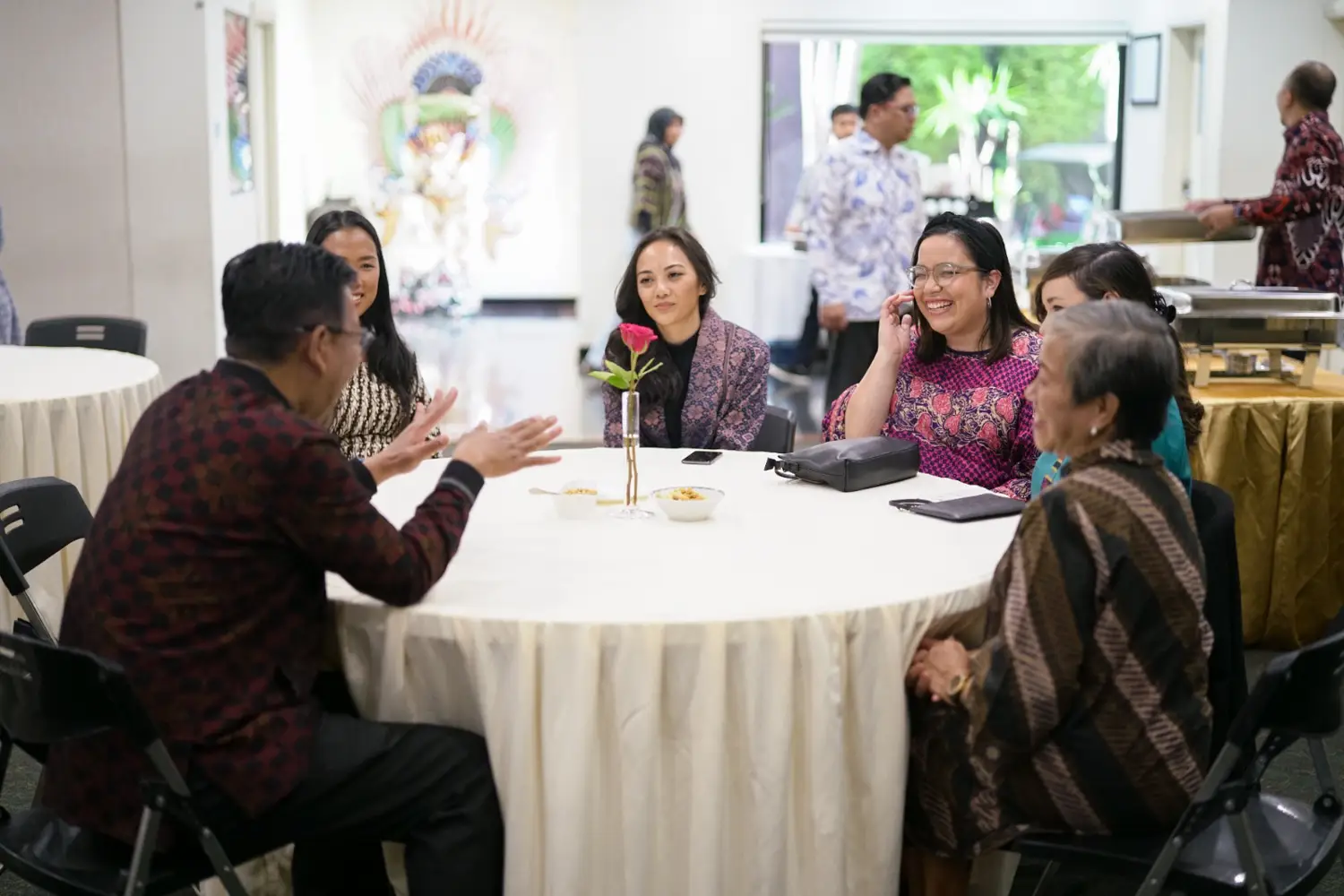
The Indonesian Consulate organized its first event since March 2020, when the first Covid lockdown began. Each art center had a representative perform the dance for everyone to see. Typically, in an offline setting, the group would perform the dance together. However, for the online performance, where everyone was scattered worldwide, this proved to be logistically challenging. From Lang Lang Buana, Pikk from Thailand performed Tari Gebyar Barong, and we also saw my good friend Tamara Mladenovic from Athens, Greece perform Tari Puspawresti, taught by the art center in Bali (Sanggar Seni Semarandana).
In conclusion, it was a wonderful experience learning from a traditional dance school in Indonesia. I can only imagine what the experience would have been like in person. For now, I will continue to wonder and hope for the opportunity to learn to dance in Indonesia one day.

